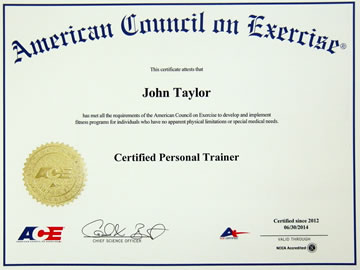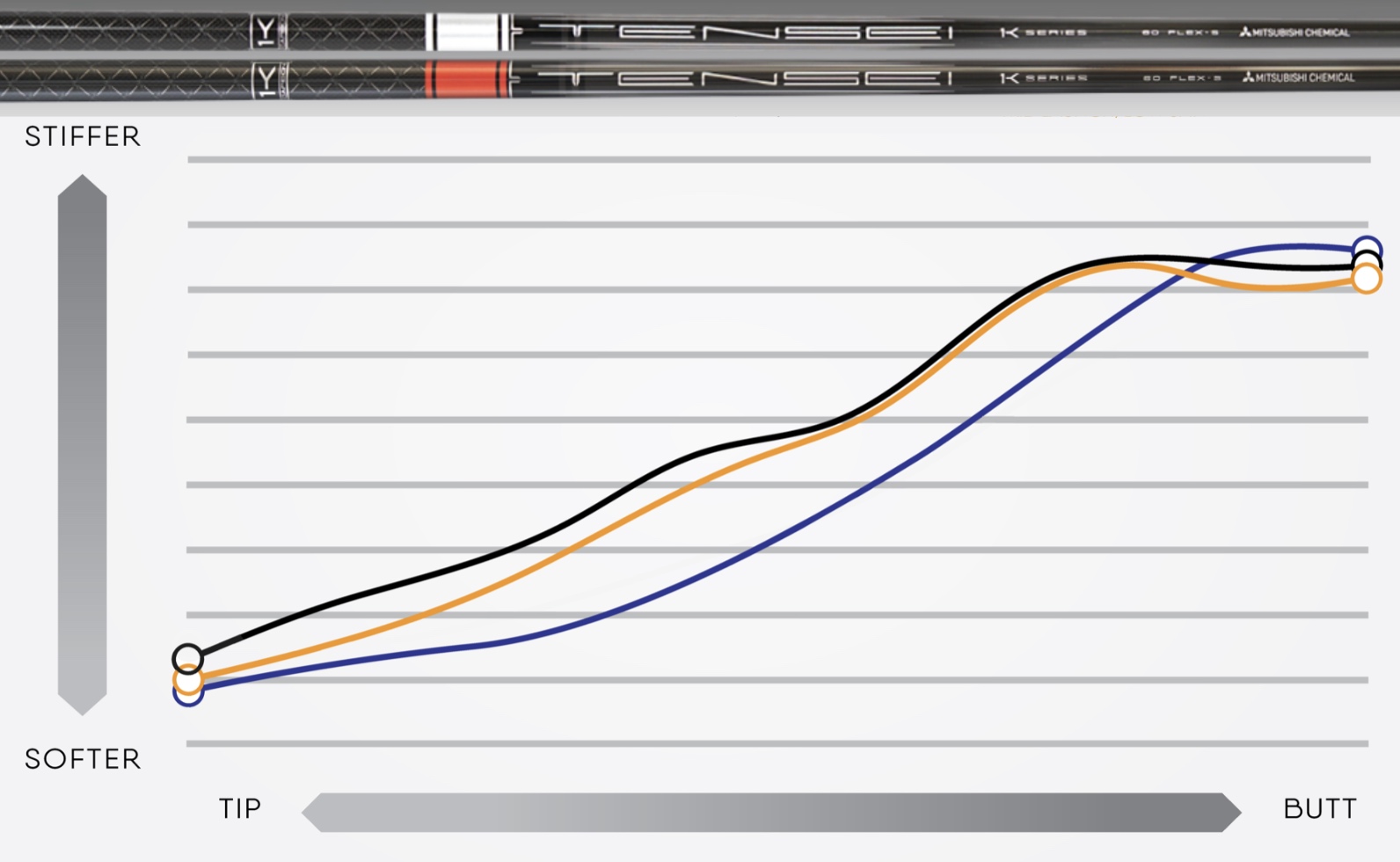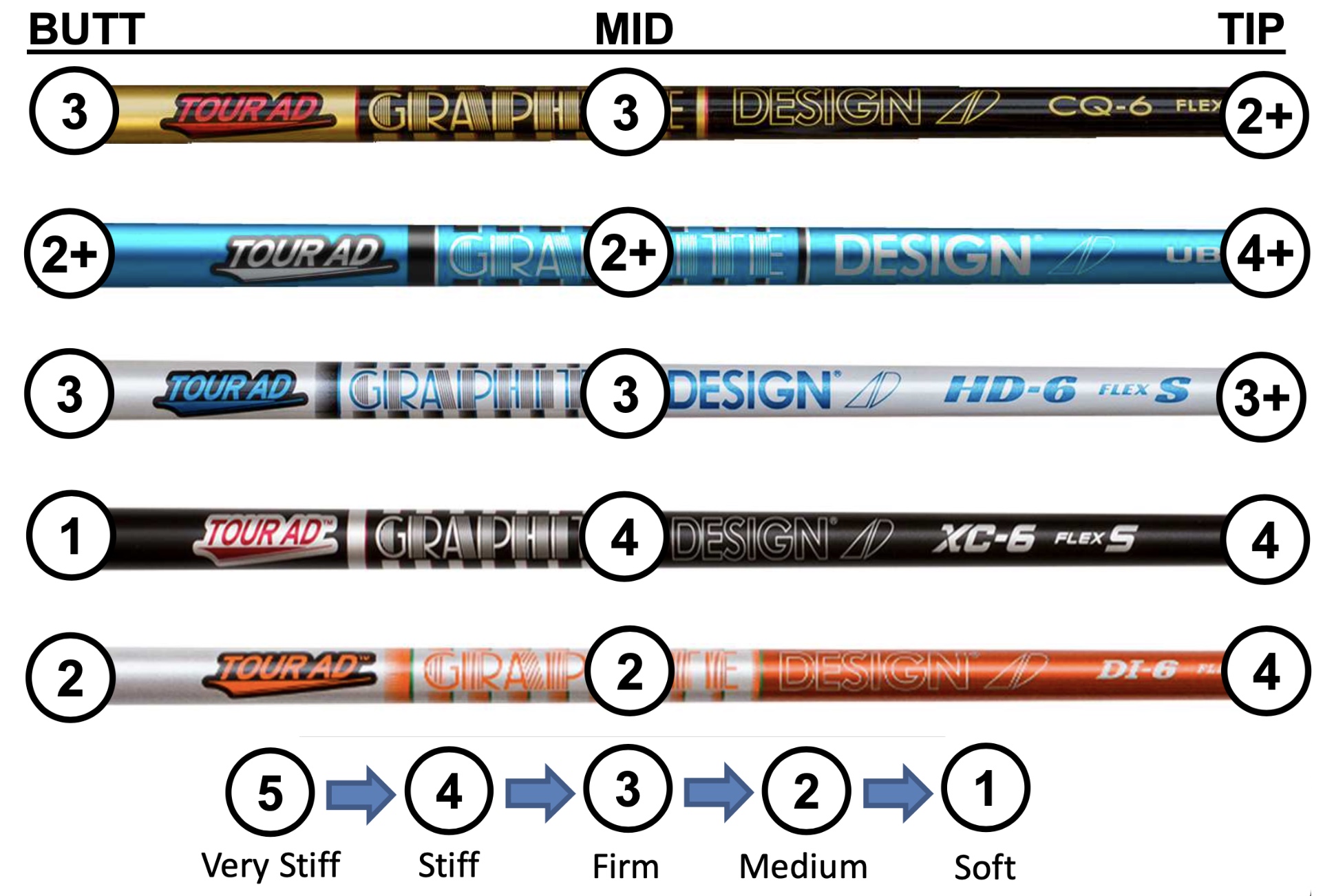Angle of Descent
The vertical angle of descent is the angle at which the ball hits the turf relative to the ground. It's calculated by advanced radar launch monitors from ball spin and trajectory data. Angle of descent is an indication of the distance a ball will roll after it hits the ground.
Angle of descent is an important consideration in fitting drivers for maximizing total distance. When the angle of descent is too high, roll of the ball after it hits the ground is minimal and total distance is reduced. When the angle of descent is too low, it indicates the launch angle at impact was too low to generate enough carry (not high enough) for maximum distance.
Maximizing distance depends on optimizing launch angle and ball spin for increased carry distance, and optimizing angle of descent for increased roll distance. The optimum angle of descent typically falls within a 10-degree range, and the distance effect can be 10 - 15 yds or more for a driver depending on clubhead speed and other factors. The effect of roll on achieving extra distance after impact is most signifcant on firm fairways.
Several different parameters affect angle of descent and launch angle, and an accurate launch monitor is required for the measurements. Your eyes are not as accurate as a properly calibrated Doppler radar launch monitor that can measure ball flight directly for the best driver performance.
Standing on the range and watching your ball flight is not a reliable way to judge distance. Looking at the shape of the ball trajectory is not a reliable to do it either. There is no way eyes alone will allow you to optimize club performance. If you are at an OEM demo day where a launch monitor is present, be sure it's turned on and making measurements of your swing in real time if you want to use distance to fit your clubs.





























 John Taylor
John Taylor
Reader Comments